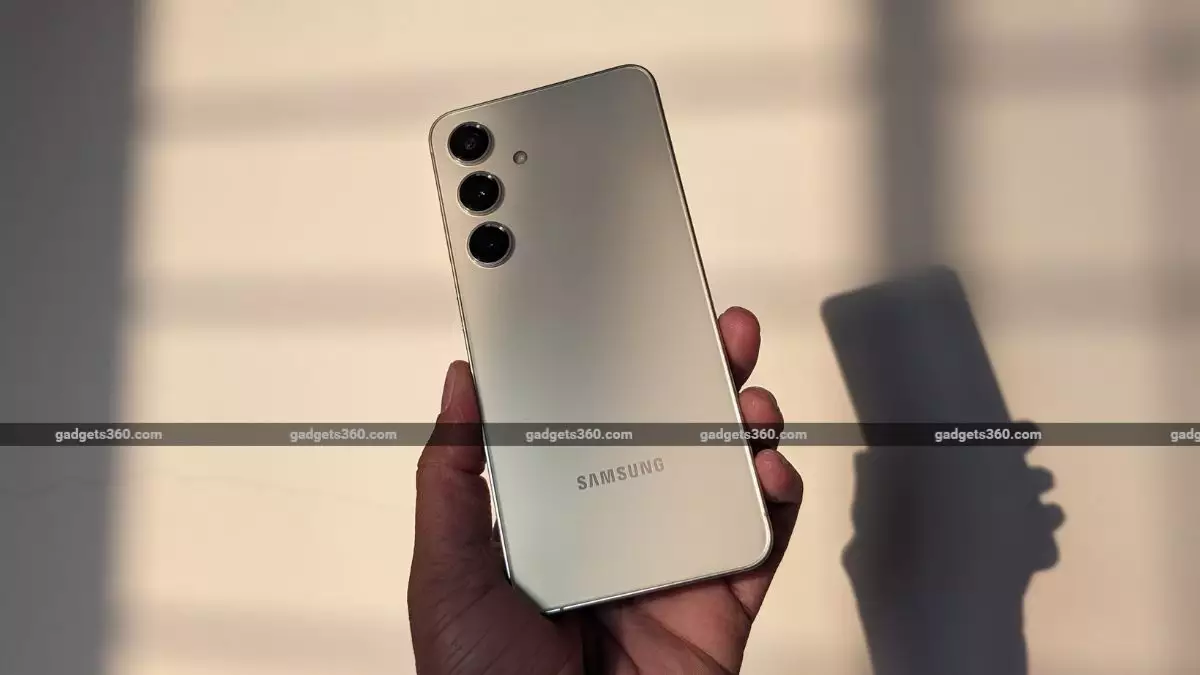In a landscape where smartphone aesthetics and utility intersect, Apple and Samsung stand poised to redefine the dimensions of flagship devices significantly. Both tech titans are reportedly developing ‘slim’ versions of their popular devices, tentatively named the iPhone 17 Air and Samsung Galaxy S25 Slim. This strategic shift hints at a dance between innovation and market demand, focusing on sleekness and portability while sacrificing battery capacity.
Recent insights suggest that the upcoming slim models may come equipped with battery capacities ranging between 3,000 to 4,000mAh, which notably pales in comparison to their more substantial counterparts. This reduction is likely a necessary compromise to achieve the ultra-thin profiles—estimated at approximately 5.x to 6.x mm. Such profiles are trending in consumer preferences but pose a challenge: how can manufacturers balance slim designs with user expectations for battery longevity? The iPhone 17 Air aims for a September launch, while the Galaxy S25 Slim has faced potential delays, underscoring the intense competition to deliver cutting-edge specifications without compromising core functionalities.
Both models will likely confront significant heat dissipation challenges thanks to their slender architectures. As companies prioritize aesthetics, they must also find innovative materials and designs to ensure that heat management does not compromise processing power and overall device performance. This is where the industry can learn from the advancements seen in the Chinese smartphone market, where companies have recently leveraged Silicon-Carbon technology. Such innovations allow for higher energy density, enabling manufacturers to increase battery capacity in similarly sized devices. Consequently, Apple and Samsung’s reliance on traditional battery technology might mean shorter usage times for users expecting robust performance from their latest devices.
As consumers eagerly anticipate these releases, the specifications emerging for both the iPhone 17 Air and the Galaxy S25 Slim create considerable buzz. With the iPhone potentially eschewing a physical SIM card slot in favor of eSIM technology, it seems Apple aims to further streamline the design. Its 6.6-inch OLED display featuring 120Hz ProMotion technology points to a focus on visual quality and responsiveness. Conversely, the Galaxy S25 Slim is rumored to benefit from an exemplary camera setup, including a 200-megapixel primary camera along with two others, pushing the boundaries of mobile photography.
As Apple and Samsung dive into the realm of ultra-slim design, their decisions set a precedent that could ripple through the industry, influencing trends among other manufacturers. The eventual reception by consumers will be pivotal in determining whether this venture into thinner devices proves commercially viable. Should these slim variants fall short in battery life or heat management, the critical consumer push-back could deter future iterations of this minimalist approach. Conversely, if they successfully meld aesthetics with functionality, Embracing the ultra-slim narrative could reshape the future of smartphone design. Thus, this strategic maneuver reflects not only a paradigm shift in how smartphones are crafted but also a revealing commentary on consumer desires in an ever-evolving technological landscape.



Leave a Reply